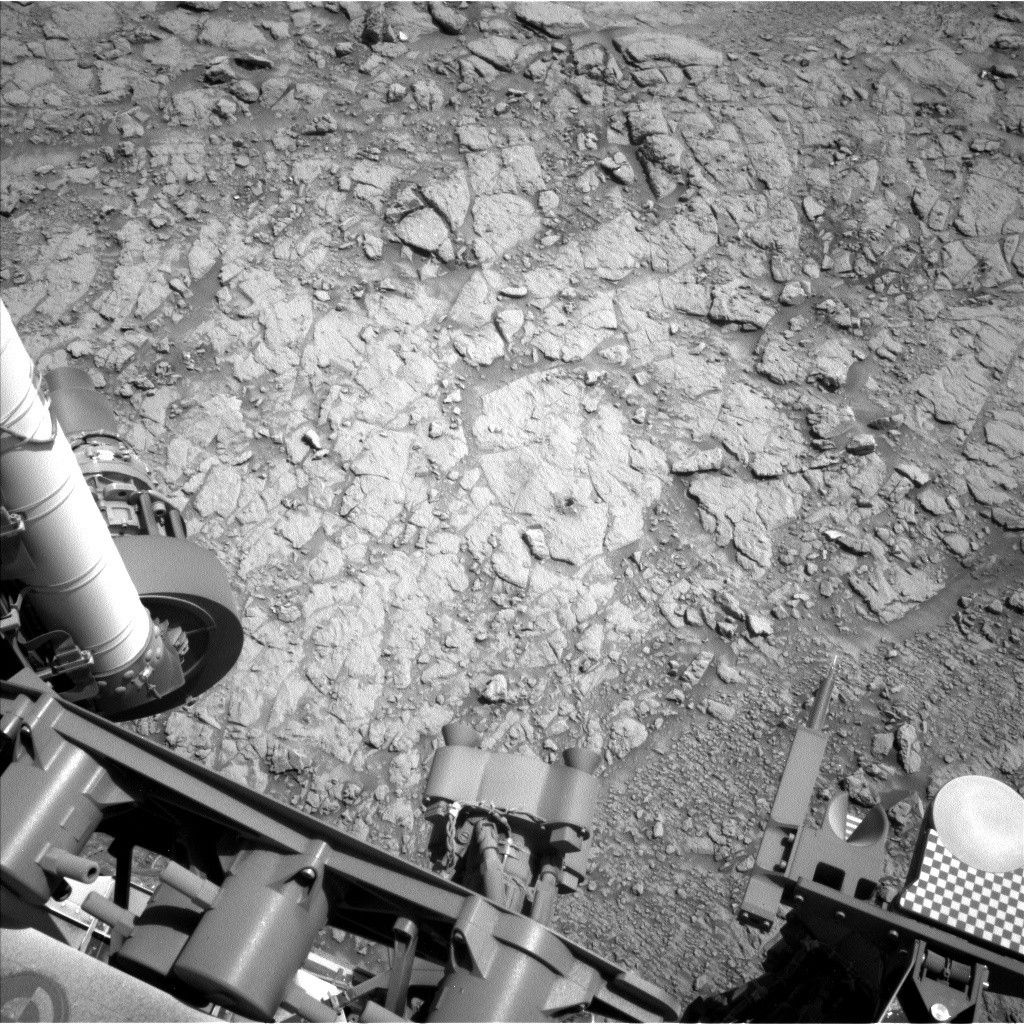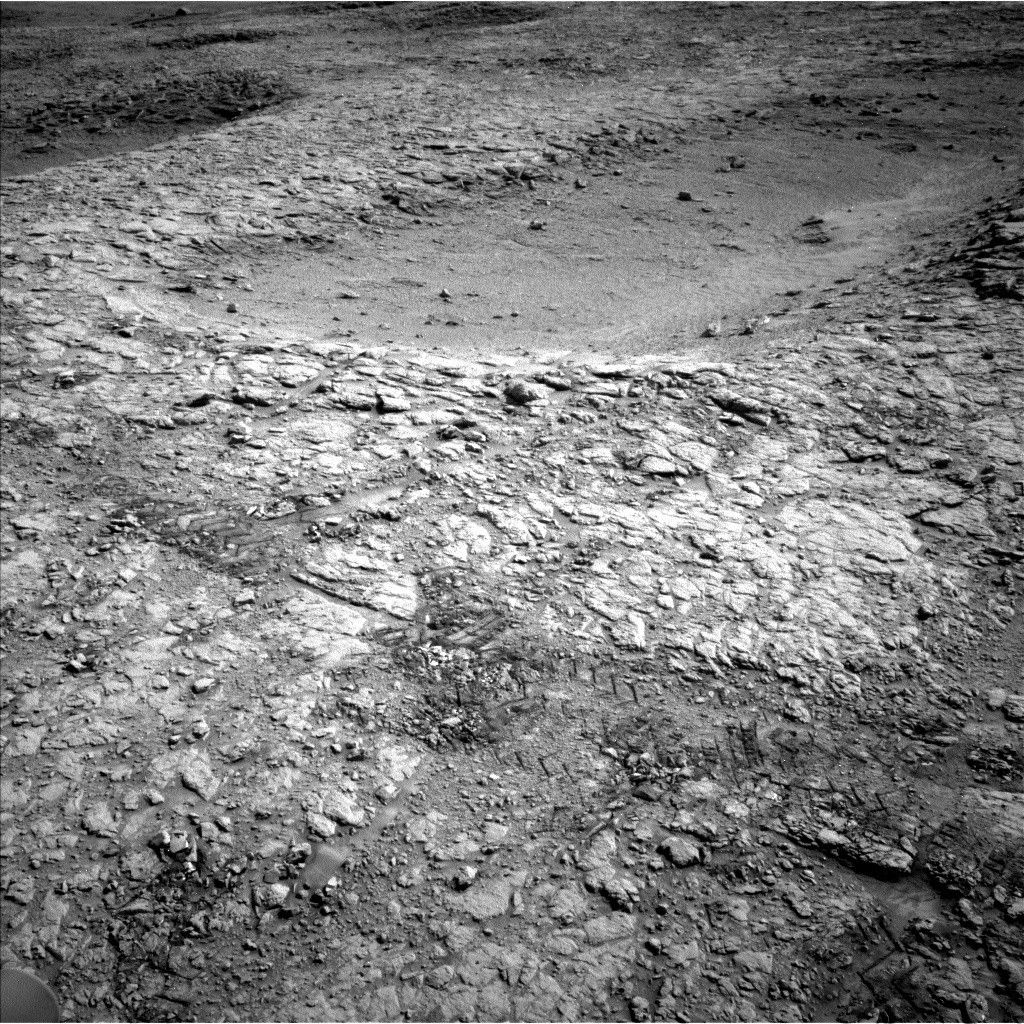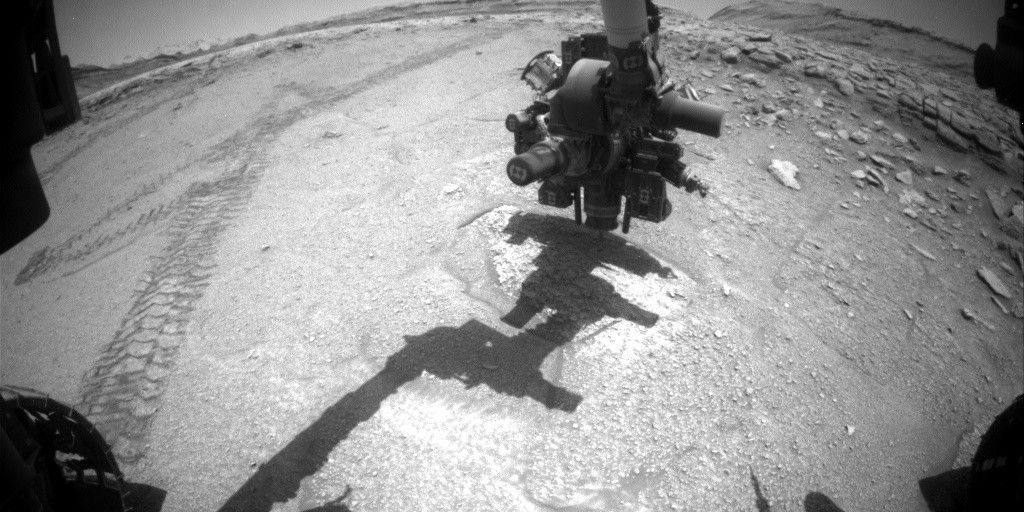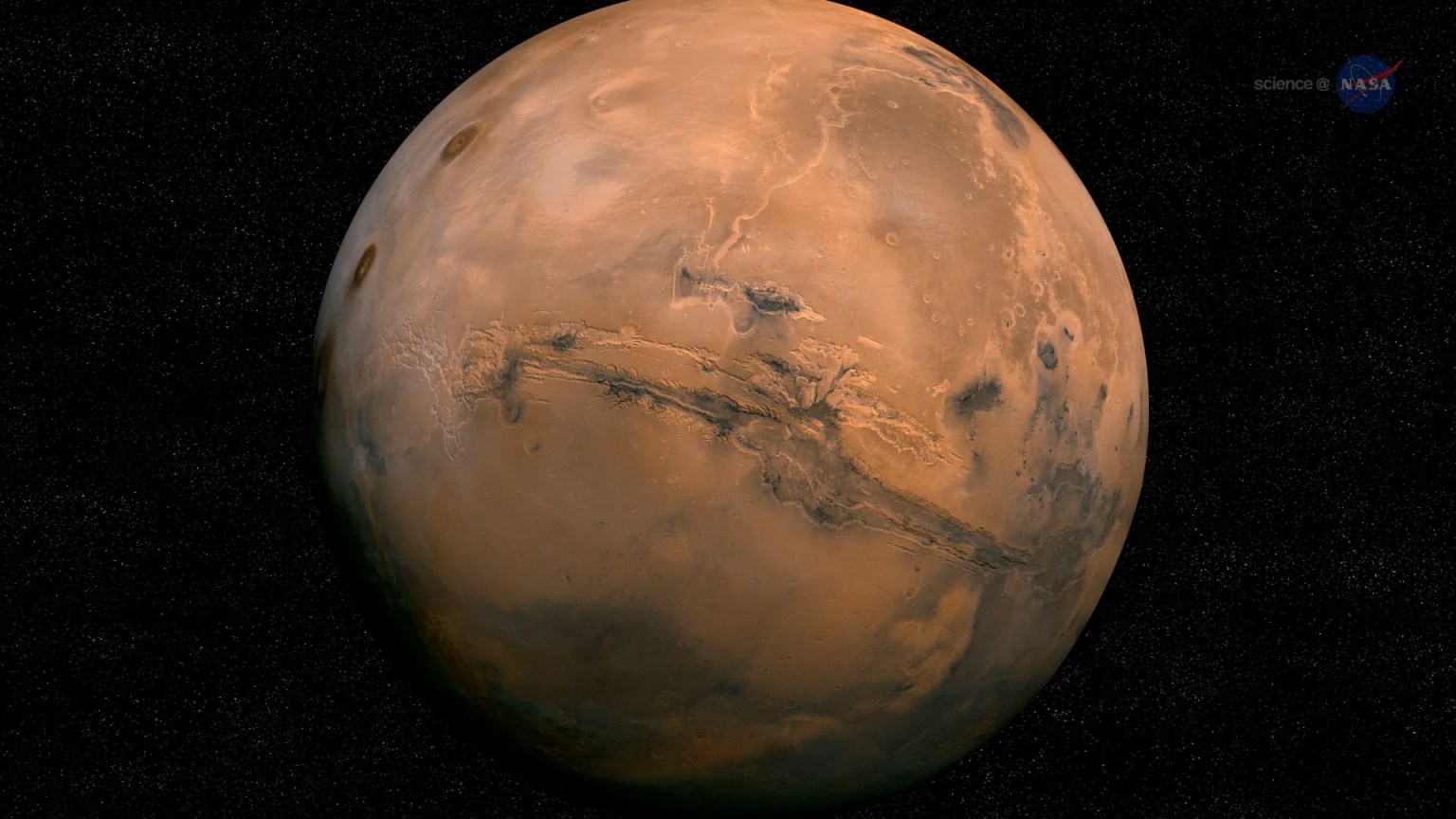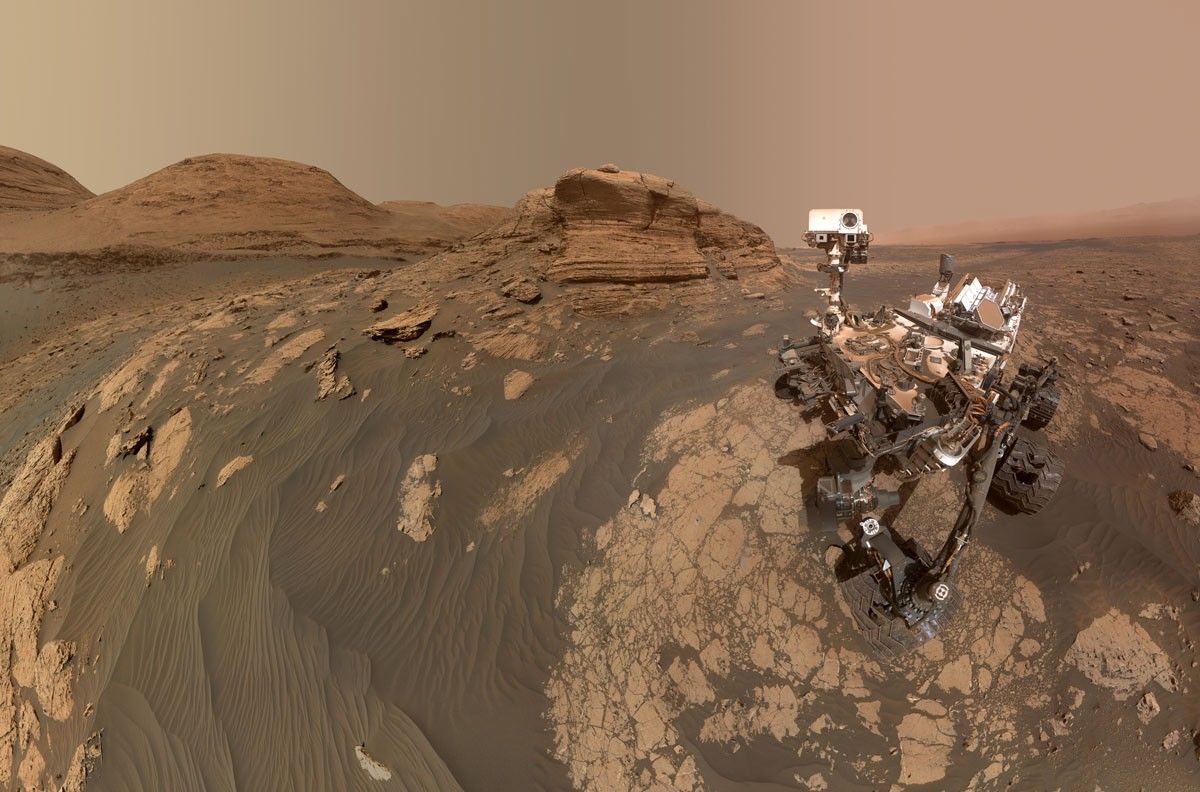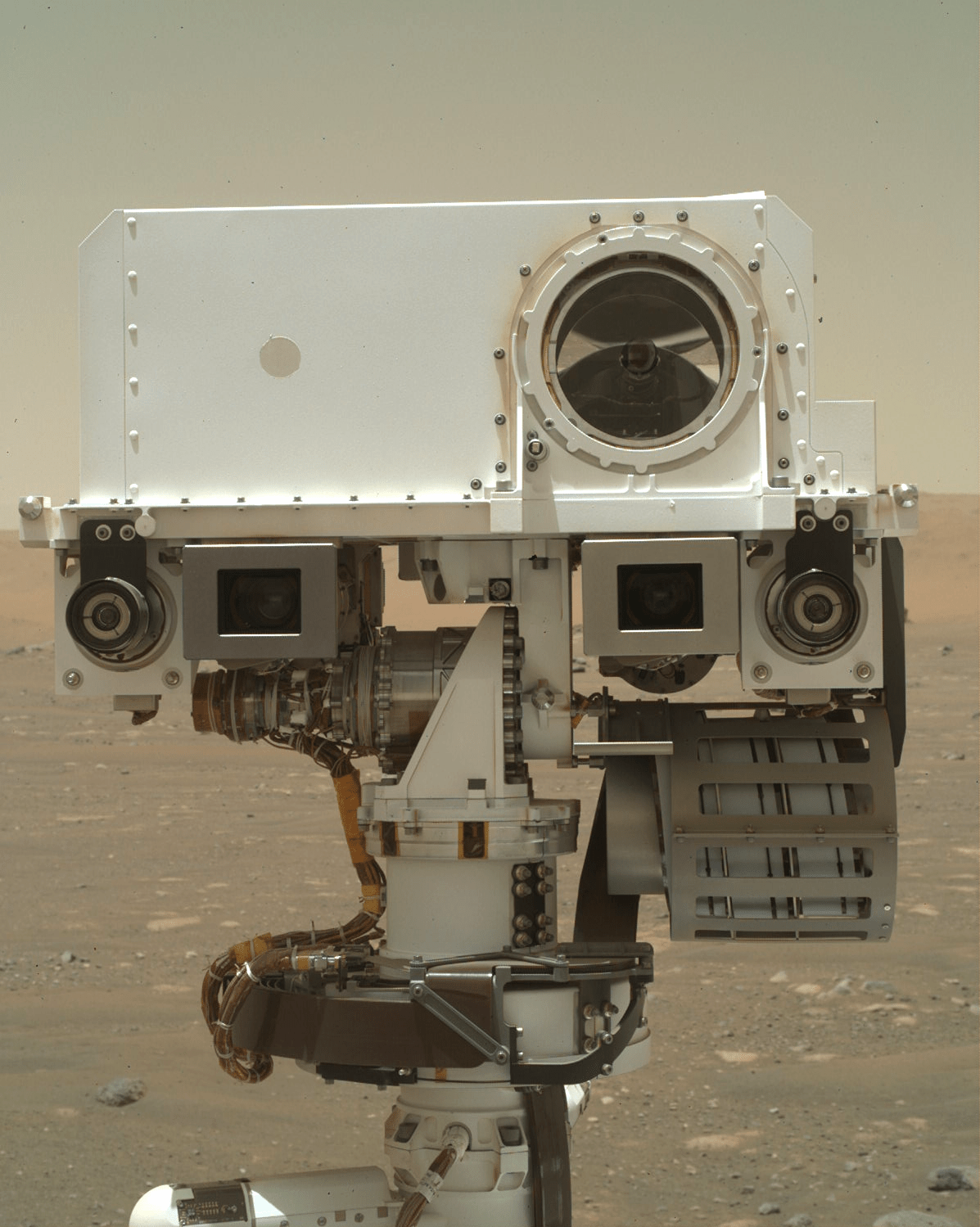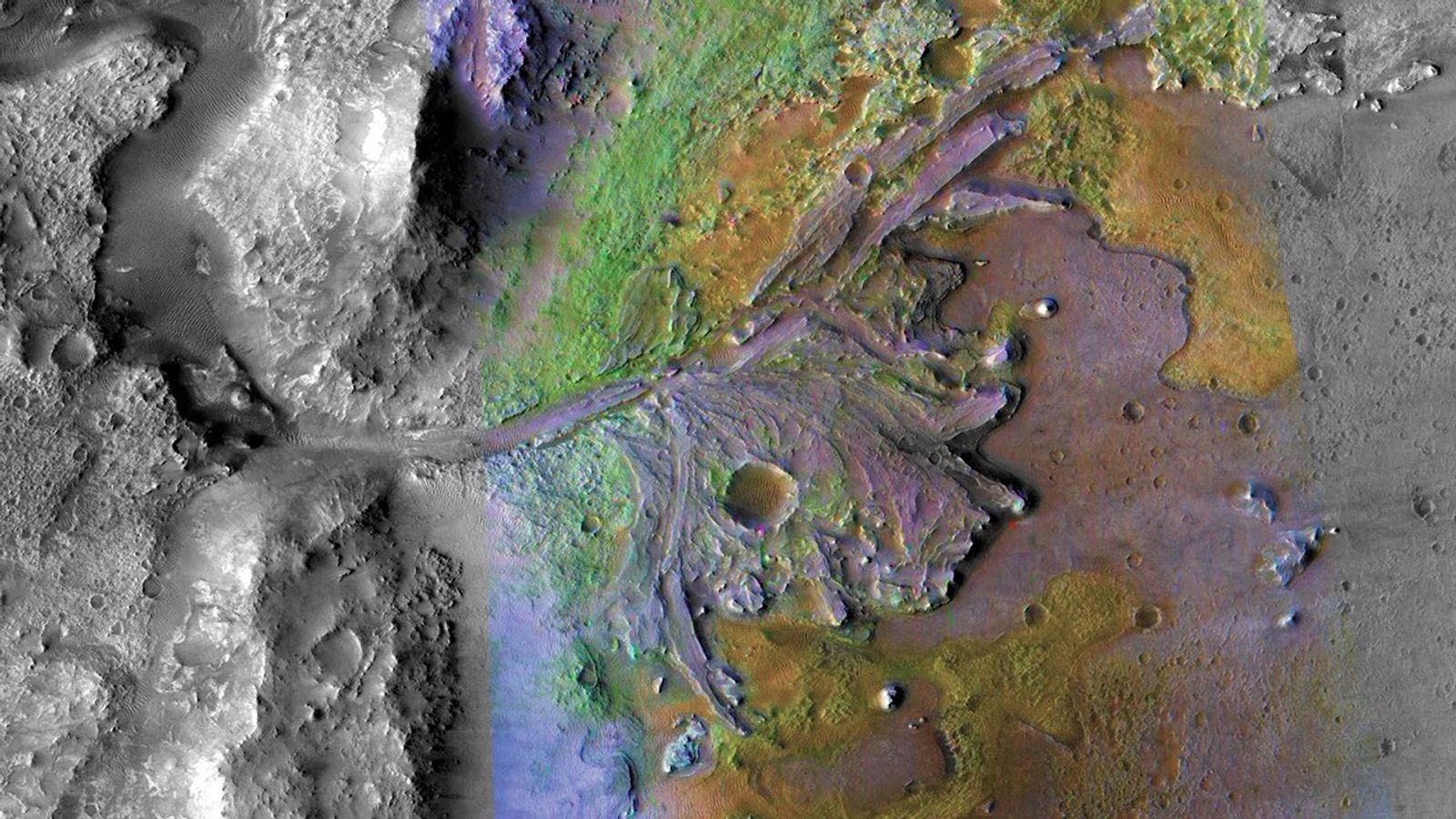After a nice rest on Sol 1325, Curiosity was charged up and
ready for lots of science! On Sol 1326, we started off with multispectral
Mastcam observations of the pile of dumped powder from the "Lubango" drill
target and the targets "Rubikon" and "Ebony". Then ChemCam had a passive
observation of the dump pile, followed by active observations using the laser
on Rubikon as well as "Ida" and "Lorelei". Mastcam documented the ChemCam
observations as usual, and then finished the science block with an atmospheric
observation. Later in the day on Sol 1326, MAHLI observed the dump pile and
drill tailings, as well as a bedrock target called "Nara Valley". Finally, APXS
had an overnight observation of the dump pile.
In today’s weekend plan, which covers Sols 1327-1329, we
start off with a sol focused on dumping out more of the powder acquired from
the Lubango drill, this time after passing it through a sieve. Mastcam and
MAHLI will take pictures of the new dump location before and after the sieved
sample is dumped, and then APXS will do an overnight measurement. On Sol 1238,
we have lots of remote sensing. Navcam and Mastcam have a few atmospheric
observations, and then ChemCam will measure the pre- and post-sieve dump piles,
Nara Valley, and a target called "Ovitoto".
Then, on Sol 1329, Curiosity will do a short drive to a nearby
patch of flat Stimson formation sandstone that should not have as much silica
enrichment as what we see at Lubango. This will put us in position to drill
that location sometime next week! by Ryan Anderson -Ryan is a planetary scientist at the USGS Astrogeology Science Center and a member of the ChemCam team on MSL. Dates of planned rover activities described in these reports are subject to change due to a variety of factors related to the martian environment, communication relays and rover status
Written by Ryan Anderson, Planetary Geologist at USGS Astrogeology Science Center


























